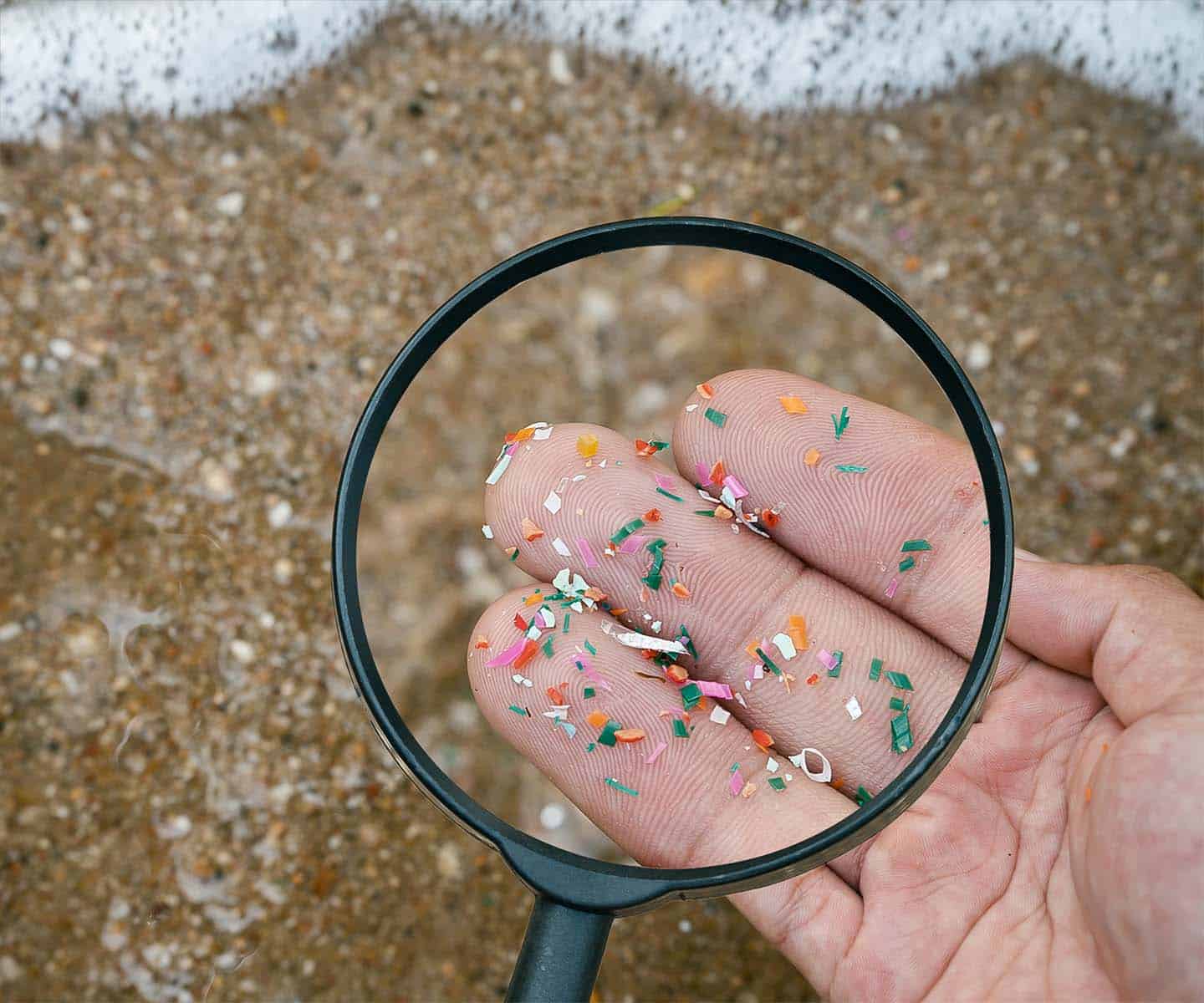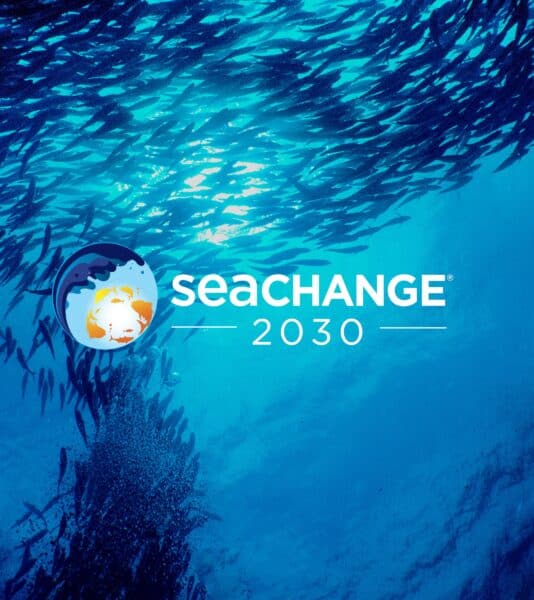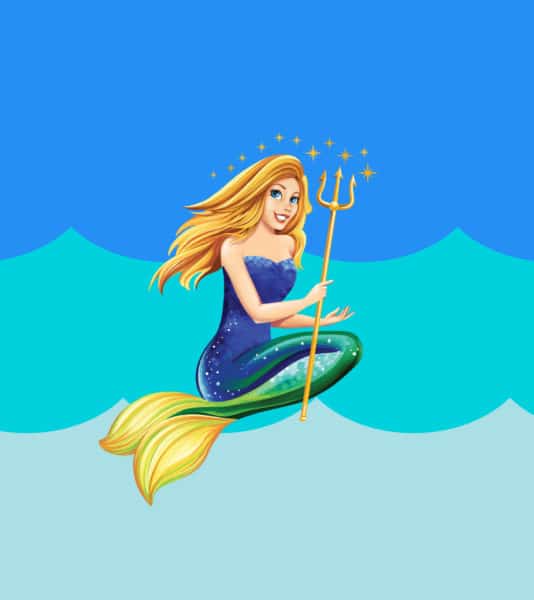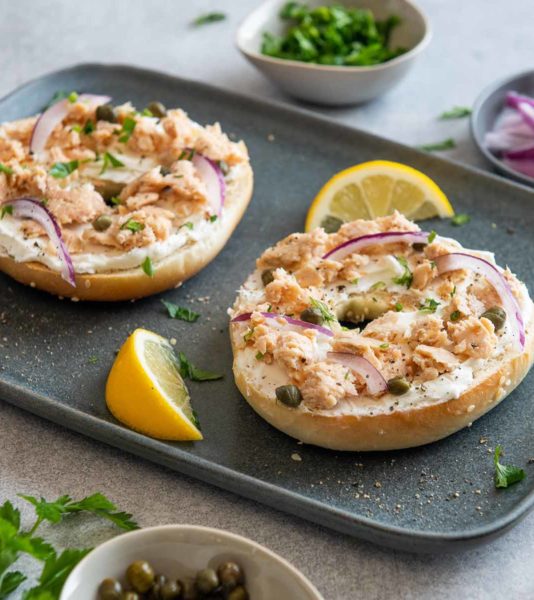World Ocean Day is June 8, and we’re on a mission to ensure healthy oceans for the future. Through our SeaChange® sustainability plan, Chicken of the Sea is helping to reshape the seafood industry and build a blueprint for a better future.
Reducing ocean plastics is a key part of our plan. Unless we change how we produce, use, and dispose of plastic, the amount of plastic waste entering aquatic ecosystems could triple and reach 37 million tons per year by 2040.
Where Do Ocean Plastics Come From?
The International Union for Conservation of Nature and Natural Resources estimates that 80% of ocean plastics come from land waste sources, and 20% from ocean-based sources. Since the 1950s, only 10% of all plastics produced have been recycled or reused.
Land-based sources of plastic include surface runoff, sewers, litter, industrial waste, and illegal dumping. “Many plastic products are single-use items that are designed to be thrown out, like water bottles or takeout containers,” explains the National Oceanic and Atmospheric Administration (NOAA). “These are used and discarded quickly. If this waste isn’t properly disposed of or managed, it can end up in the ocean.” Ocean plastics don’t decompose, but may break down into microplastics—and we still don’t know the full impact of microplastics on our ecosystems.
What Is Ghost Gear?
Ocean-based plastics also come from the fishing industry and aquaculture. Abandoned, Lost or Discarded Fishing Gear (ALDFG) can result in what’s called “ghost fishing,” where nets and other materials continue to “fish” for decades, entangling and killing marine life. The Global Ghost Gear Initiative brings together the fishing industry, academic researchers, governments and NGOs to devise solutions to the ghost gear problem.
Since 2018, our parent company, Thai Union, has been a leader in addressing ALDFG when we partnered with the Global Ghost Gear Initiative to raise awareness and action of this critical issue on the vessels that we source from. We’ve also worked together to support the research and development of ropeless fishing gear and biodegradable fish aggregating devices, both innovative, sustainable fishing alternatives that can prevent plastic fishing gear from entering oceans in the first place.
Seachange: Diverting Ocean Plastics
Our SeaChange 2030 strategy represents a bold and drastic movement away from current practices and toward a better future for the planet and people. Our action plan includes projects that directly remove plastics from the ocean, as well as the increased use of recyclable, sustainable packaging that reduces consumer waste. Our ambitious goal is to divert 1,500 tons of ocean-bound plastic from entering our waterways by 2030—and we’re on track to do just that.
By reducing ocean-bound plastics, we decrease the threats to endangered, threatened, and protected species, helping to restore marine biodiversity and regenerate ecosystems.
This year on World Ocean Day, join us as we work together to protect our oceans. Visit the World Ocean Day website to find out more about how you can dive in, help out, and take action.
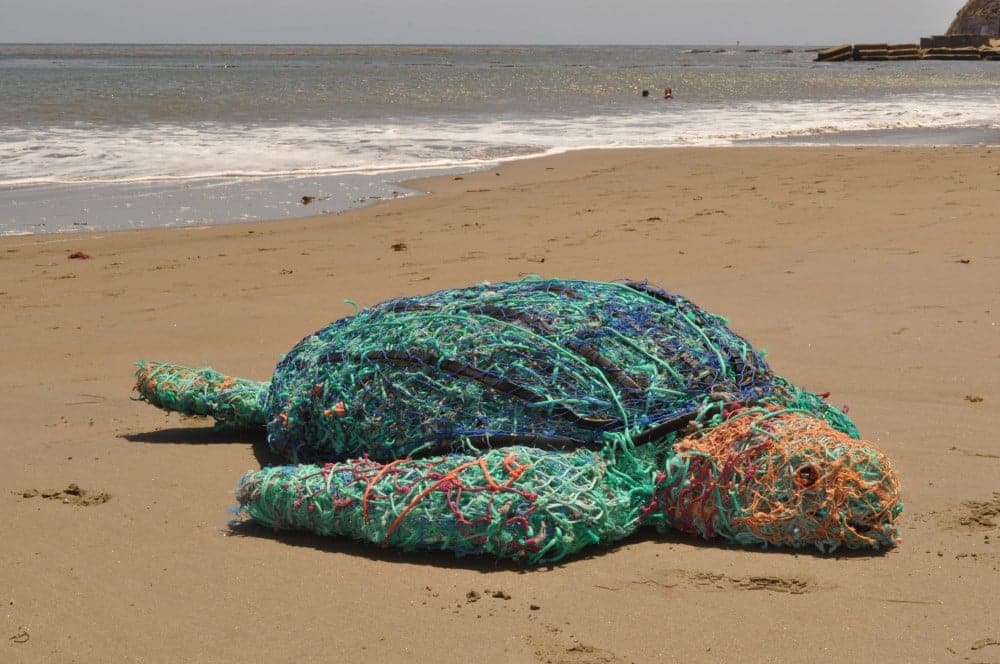
Fiona was created by UK artist, Katrina Slack, in collaboration with World Animal Protection and Surfers Against Sewage, using salvaged ghost gear collected in England in 2015. – Originally housed at the World Animal Protection offices in London, she migrated to Thai Union North America/Chicken of the Sea’s headquarters in California in 2018.
